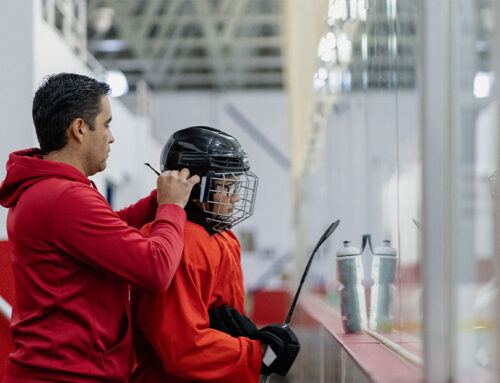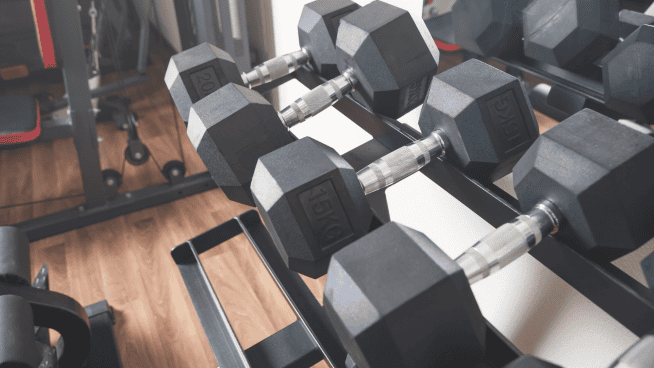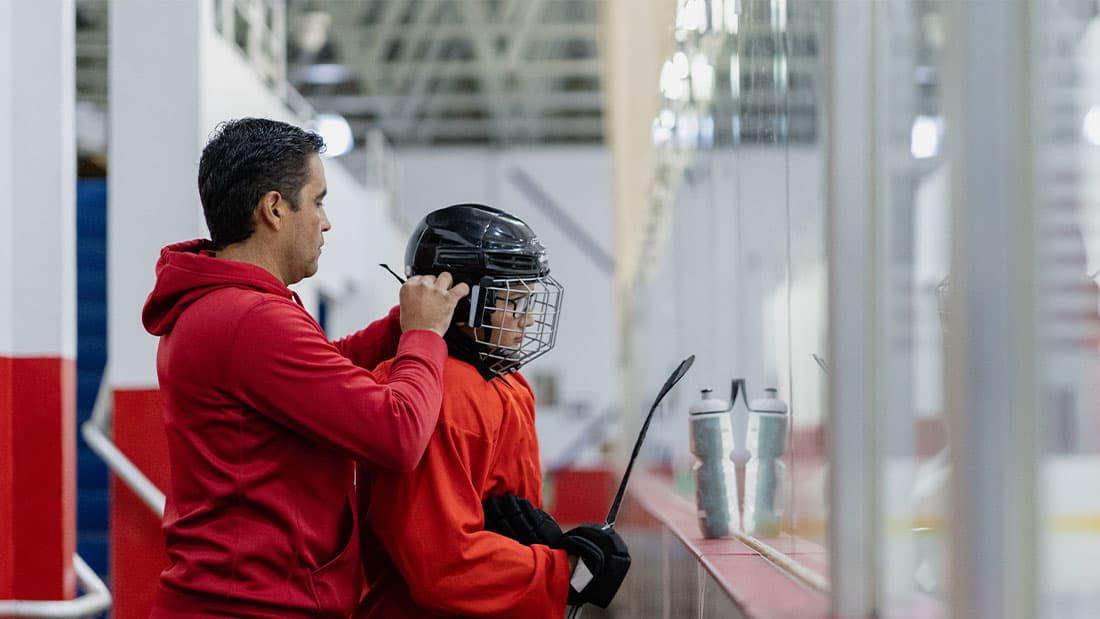In Defense of the Speed Ladder
![]()
The ladder, along with other “foot quickness” tools, is an object of heated debate within the strength and conditioning community. Many claim it is the Holy Grail of speed and agility enhancement, and just as many are vehemently against using it.
As with anything that inspires such opposite extremes, the answer lies somewhere in the middle. The ladder is not the be-all-end-all, but it can be a useful tool.
RELATED: Why the Speed Ladder Alone Won’t Get You Faster
Where the Problem Lies
One of my biggest issues with the ladder concerns its name. It’s often called a speed ladder, agility ladder or quickness ladder. But the ladder is not a speed or agility tool. It can improve foot/lower-leg stiffness, foot contact, rhythm, coordination, conceptual framework, CNS activation and body control—all of which can translate into more effective movement.
But its effectiveness depends on the user. Many coaches overuse or incorrectly use the ladder. All in all, the goal with using the ladder should be to develop an awareness and framework of how the foot contacts the ground, shin angles, rhythm, body positioning and foot stiffness.
RELATED: Improve Your Agility With 4 Speed Ladder Drills
Also, if you use accessories (like a band), ladder drills can develop force production/absorption, body control and body awareness. No coach can say that enhancing these physical qualities will not help an athlete progress to more specific movement work.
Break up the Monotony
Are there better ways than the ladder to train the attributes mentioned above? Yes, but note two things I’ve come to realize as a coach when it comes to the ladder:
- Athletes really like the ladder: Over time, athletes can get locked into their sport-specific movements and start to get bored or lose intent and focus on the drills and skills at hand. They can start to lose the freedom, authenticity and creativeness of their unique, individual movement signature. Throwing in some ladder drills to add a little fun, challenging patterns to break up the monotony of regular movement training, can be beneficial
- If used appropriately, the ladder can be a decent tool every once in a while. Throw it into the mix every three to six weeks for something different and fun.
How To Maximize the Ladder
One big complaint with the ladder has to do with its pre-programmed patterning: Athletes who master it just become better at memorizing specific patterns. But with a little creativity, you can turn any ladder pattern into an open reactive drill. For example, try the Linear Swivel to React Drill below.
[youtube video=”AS0b62p8DFY” /] [cf]skyword_tracking_tag[/cf]RECOMMENDED FOR YOU
MOST POPULAR
In Defense of the Speed Ladder
![]()
The ladder, along with other “foot quickness” tools, is an object of heated debate within the strength and conditioning community. Many claim it is the Holy Grail of speed and agility enhancement, and just as many are vehemently against using it.
As with anything that inspires such opposite extremes, the answer lies somewhere in the middle. The ladder is not the be-all-end-all, but it can be a useful tool.
RELATED: Why the Speed Ladder Alone Won’t Get You Faster
Where the Problem Lies
One of my biggest issues with the ladder concerns its name. It’s often called a speed ladder, agility ladder or quickness ladder. But the ladder is not a speed or agility tool. It can improve foot/lower-leg stiffness, foot contact, rhythm, coordination, conceptual framework, CNS activation and body control—all of which can translate into more effective movement.
But its effectiveness depends on the user. Many coaches overuse or incorrectly use the ladder. All in all, the goal with using the ladder should be to develop an awareness and framework of how the foot contacts the ground, shin angles, rhythm, body positioning and foot stiffness.
RELATED: Improve Your Agility With 4 Speed Ladder Drills
Also, if you use accessories (like a band), ladder drills can develop force production/absorption, body control and body awareness. No coach can say that enhancing these physical qualities will not help an athlete progress to more specific movement work.
Break up the Monotony
Are there better ways than the ladder to train the attributes mentioned above? Yes, but note two things I’ve come to realize as a coach when it comes to the ladder:
- Athletes really like the ladder: Over time, athletes can get locked into their sport-specific movements and start to get bored or lose intent and focus on the drills and skills at hand. They can start to lose the freedom, authenticity and creativeness of their unique, individual movement signature. Throwing in some ladder drills to add a little fun, challenging patterns to break up the monotony of regular movement training, can be beneficial
- If used appropriately, the ladder can be a decent tool every once in a while. Throw it into the mix every three to six weeks for something different and fun.
How To Maximize the Ladder
One big complaint with the ladder has to do with its pre-programmed patterning: Athletes who master it just become better at memorizing specific patterns. But with a little creativity, you can turn any ladder pattern into an open reactive drill. For example, try the Linear Swivel to React Drill below.
[youtube video=”AS0b62p8DFY” /] [cf]skyword_tracking_tag[/cf]










